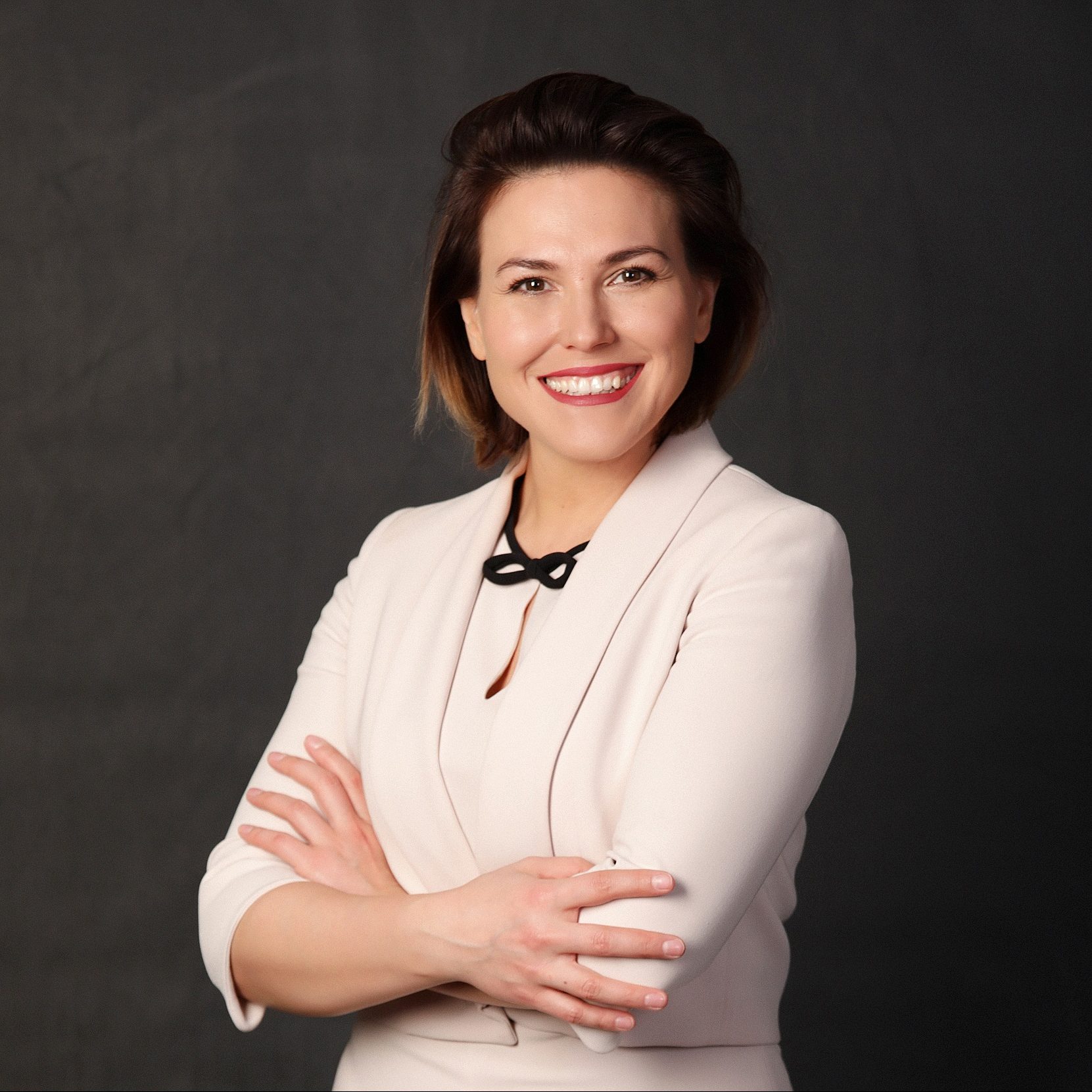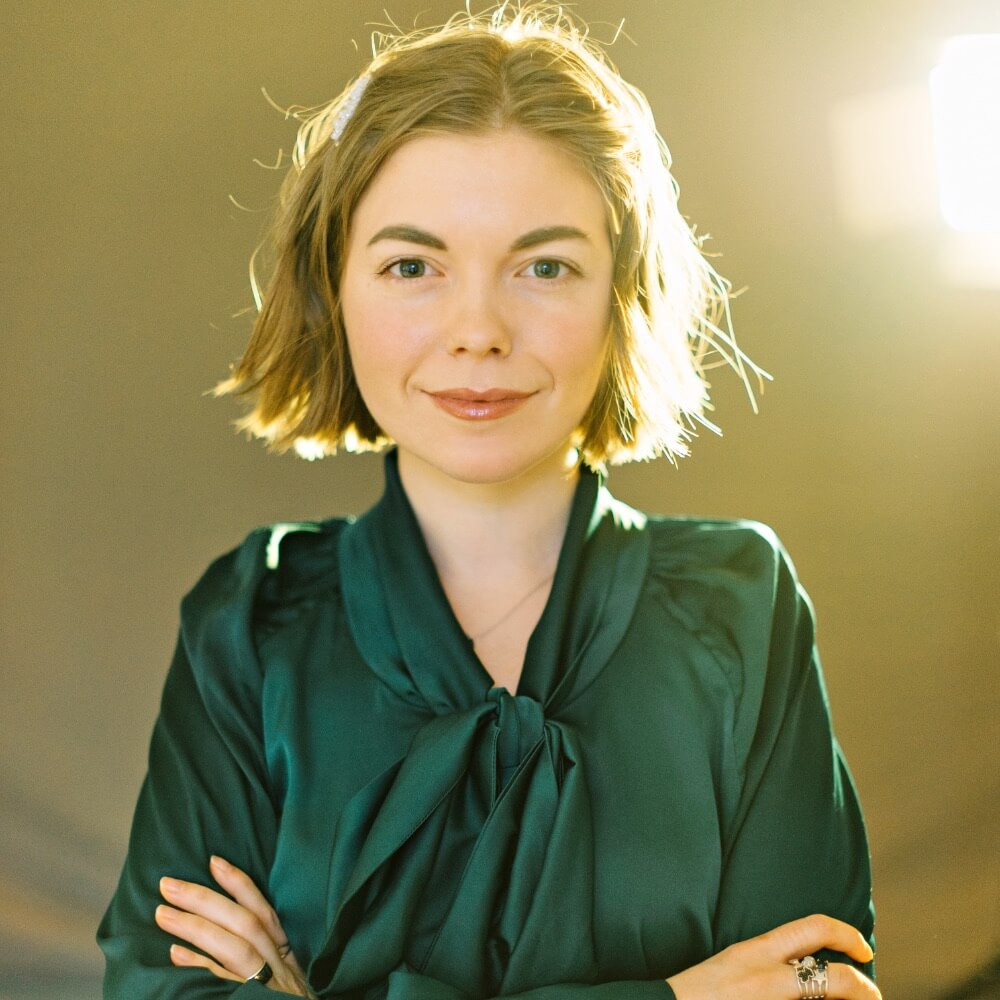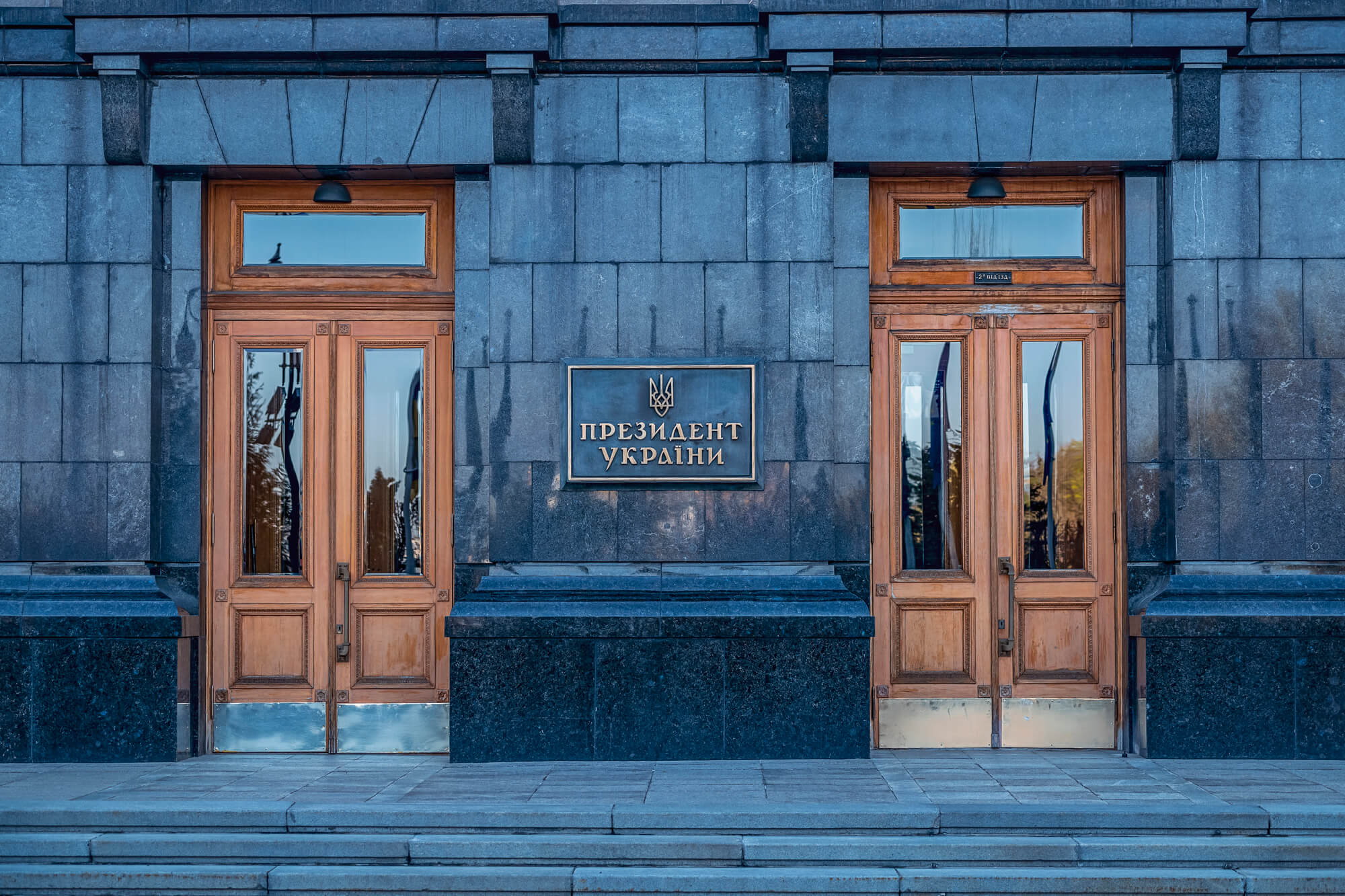As part of the analytics partnership between the International Mayors Summit and VoxUkraine, we are publishing a special episode of the podcast “What about the economy?”, with the participation of Mariupol mayor Vadym Boychenko. The podcast was recorded in the 2021 Summit’s mobile studio.
Y.M. Mariupol is a leader in attracting investment among other cities in Ukraine, developing extensively. What kind of investor and what areas are you looking for at the moment? Does your strategy include the need to develop the creative class? What attracts people to your city, and why should they invest in it?
V.B. Mariupol has a ready-made strategic development plan. And we see it being implemented today. We set ourselves simple and clear tasks of increasing our population’s comfort of life. The basic principles at the heart of any urban planning – utilities and municipal services – should become the best in the country.
In the latest City Transparency and Accountability Rankings 2020 report (note.cdr (nazk.gov.ua) published by Transparency International Ukraine, Mariupol holds first place.
VoxUkraine: In 2020, for the first time in the history of measuring transparency, the cities of Mariupol and Lviv crossed the 80-point mark to be included in the “transparent” category with 86.6 and 85.2 points out of 100, respectively. Also in the top five were Drohobych (78, 1), Vinnytsia (76.7) and Ternopil (75.2).
An important signal for investors is investment security, which can be seen by looking at openness and transparency. Five years ago, Mariupol was the most non-transparent city in the rankings. Today we are the most open, most transparent and most accountable city in the country, and we take pride in that! We are even ahead of Lviv, although we were running close on our way to victory.
What good did it do? We attracted significant financial resources of more than 200 million euros. Today, with our strategic vision, effective use, transparency and openness, we have no trouble raising funds for Mariupol. For instance, yesterday I met with representatives of the European Bank for Reconstruction and Development. If there is a strategy and investors understand how effectively the city uses its own financial resources, manages revenue and expenditure, if it is open and transparent and has a good strategic understanding of the use of funds, then investors are open to cooperation.
If we talk about the private business sector, then, of course, we are looking today at various industries, we have an advanced IT industry. Five years ago Mariupol had 150 IT specialists and two IT centers but in September this year, we hosted the first IT forum attended by 2,500 IT specialists. An international IT company has opened an office in Mariupol: the IT specialists are opening an IT school, investing 5 million dollars in this area. This is very important for the city because [investors] see prospects and potential in it. And as a city, we provide an opportunity in the short term to train future IT professionals. It should start in school.
Other areas are the creative industries under the Large Restoration. We have submitted a project for developing a creative environment. We see a lot of creative youth that are actively involved in the city’s development. We want to develop a new creative direction – the Center for Contemporary Art – to “anchor” GogolFest and make Mariupol its permanent residence. Our friend Vlad Troyitskyi has been conducting GogolFest for four consecutive years in Mariupol, and it is great. Mayors of other cities are inspired by these ideas.
The third key area is sport. We are actively developing not only professional but also mass sports. After all, to have professional sports, it is necessary to foster mass sports.
On average, 12% of people of all ages engage in some sporting activity in the country. In Mariupol, this figure is over 50%. We, too, are surprised at this figure, but many experts say that thanks to the new communal company M-Sport, we offer people such an opportunity. For instance, we help the so-called “sheriffs of change“, that is those to whom people come to do sports (fitness, yoga, fencing, badminton) in terms of equipment and wages.
We also remember about professional sports. We opened an ice arena. At first, there was no certainty about whether figure skating would pan out, but now we see a great demand for it, which makes it possible for coaches to have decent salaries.
Because of the war, many universities relocated to our city, and we immediately started to support them. This enabled us to develop as a student city. We are also investing in this area.
Today, there are two big, exciting projects we are currently considering with potential investors: the largest water park in Ukraine and the first Disneyland, which will probably be called “Mariland”.
Y.M. You are not the typical mayor because you came from the corporate sector to participate in the elections. Who is transforming and adapting to whom: you to the public governance system, or is it the system changing in accordance with your requirements? What are the practices you are implementing that came from the business world?
V.B. We try to implement anything that is good in business. Of course, you cannot simply “copy and paste” everything. The key thing is that we get rid of what hinders the development of cities and countries, that is large-scale bureaucracies. We are working on it. We are opening front offices to change the stereotype that an official is something terrible, something unreachable, or that the mayor is unavailable. I walk the streets, anyone can stop me, ask questions and take selfies. People are already used to it that you can always talk to the mayor. I am always open and take it easy because being open is our job. And this has become a good trend for Mariupol translating into that Transparency International ranking.
Another important component is that today we take certain tools from Europe. And Europe is about the efficient use of the available resources, the city’s own revenues. In business, I learned how to manage costs effectively. And, accordingly, we are now minimizing these costs to free up funds for development. Why is Mariupol successfully developing today? Because we manage money effectively.
Where did the biggest saving come from over these two years after reviewing spending?
V.B. From everywhere. My team and I set this “60/40” formula. 60 are operating costs and 40 are investments. And in each area, be it education, culture, sports or utilities, we proceed from the largest cost areas.
For instance, communal companies. The heating network had always generated losses of UAH 350 million, so it was something to work on. And we did. Today, this company runs a social tariff, as well as has a possibility to break even, without taking funds from the state budget. This freed up funds for us to get new transport on credit, launch it in the city and provide free travel for retirees. Because we bought 200 new vehicles that made our city look better, and because as a municipality, we pay extra to maintain a balance between travel and expenses. We make additional payments with an efficiency of UAH 300 million. But they make the 300 million themselves and they created 2,000 jobs.
The secret of Mariupol’s success lies in cutting costs and assessing all available resources more effectively, investing all of what is freed up in development. We encourage people to come to Mariupol.
Attention
The authors do not work for, consult to, own shares in or receive funding from any company or organization that would benefit from this article, and have no relevant affiliations




